COOL SCIENCE TRICK: INSTANTLY FREEZE WATER : SCIENCE AT HOME FOR KIDS
Do you want to impress your posse with a cool science trick & instantly freeze water? Okay, this isn’t a trick, it’s science. But it is cool science. And you can do this science at home! We are going to instantly freeze water. STEM science experiments at home.
My first podcast is below! It was harder for me to figure out how to record this baby than to do the experiment! In it, I explain how to instantly freeze water. I also made a video! Listen, watch, or read! Or do all three!

INSTANTLY FREEZE WATER!
It’s easy to instantly freeze water and it doesn’t involve the freezer. That’s too unreliable. I’ve tried several methods and this one works.
I’m betting that you already have what you need around the house! Stem science eperiments at home are the best.
Now comes the fun part for me. Explaining not just how to do this, but why it works.
Sorry I can’t help myself!

COOL SCIENCE INSTANTLY FREEZE WATER : SUPPLIES
Supercooling or superfreezing a liquid means that you chill the liquid below its freezing point without it becoming a solid. We all have access to water, so it’s the perfect liquid to work with! Once the water is chilled below it’s freezing point, we can trigger it to instantly freeze before our eyes! Okay, let’s go!
Here’s what we need:
- Large bowl
- Water bottles
- Ice
- Thermometer
- Watch/timer
- Salt
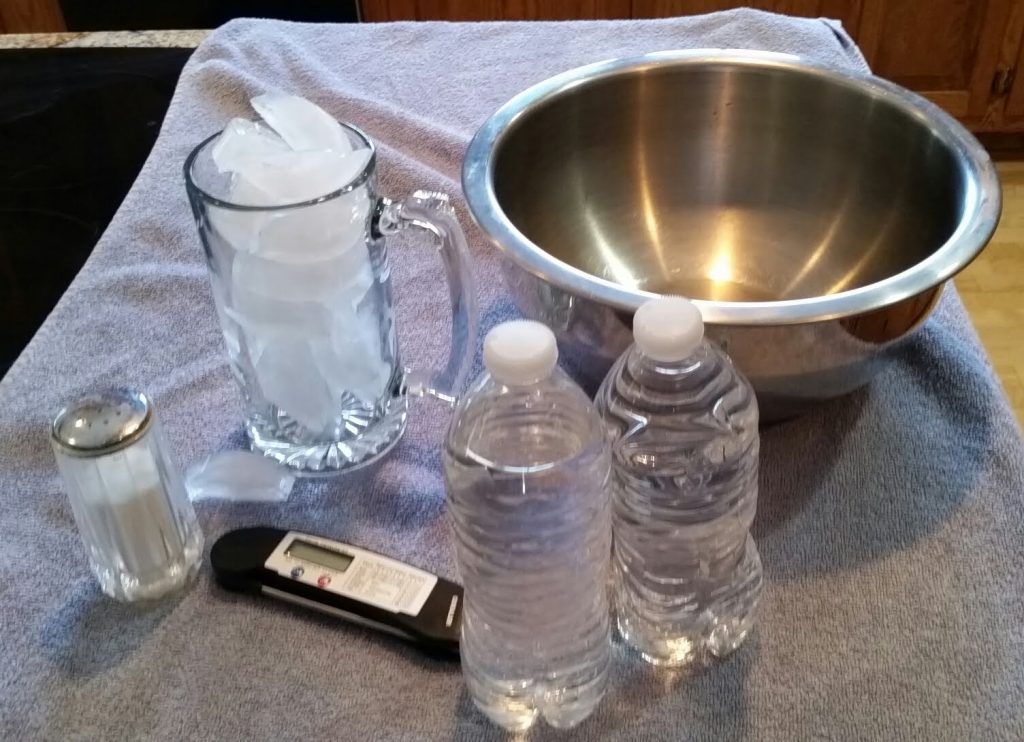
COOL SCIENCE TRICK INSTANTLY FREEZE WATER : INSTRUCTIONS
Here are the steps to instantly freeze water:
- Fill your bowl with ice and put it on the table or counter. Somewhere that you don’t need to move it around once you start.
- If you’re impatient (like me!) add some water, to get the ice melting. You should have two to three times as much ice as water. For the large bowl in the picture, I used about eight cups of ice and two of water.
- Add about a cup of salt. I used Kosher salt because it’s more coarse, but table salt works.
- Put your thermometer into the ice bath. Let it cool down for about twenty minutes. (Cool down, you ask? But it’s ice! I’ll explain in just a sec…)
- When the temperature in the icy bath reaches 25 degrees F, add the water bottles.
- Let the water bottles cool down for about 20 minutes, undisturbed.
- When the temperature reaches 16 degrees F, you are ready to roll.
- CAREFULLY take your water bottle out. Twist open the top. Slam it on the table.
- Instant ice!

STEM SCIENCE EXPERIMENTS AT HOME : THE WHY BEHIND THE COOL SCIENCE
We learned in school that ice freezes at 32 degrees F. (or 0 degrees Celsius) The more complex concept is that the freezing or melting point of a substance is actually the temperature at which the liquid and solid phases are in equilibrium.
For pure water, this means that ice is melting at exactly the same rate that liquid water is freezing. At 32 degrees F or 0 degrees C.
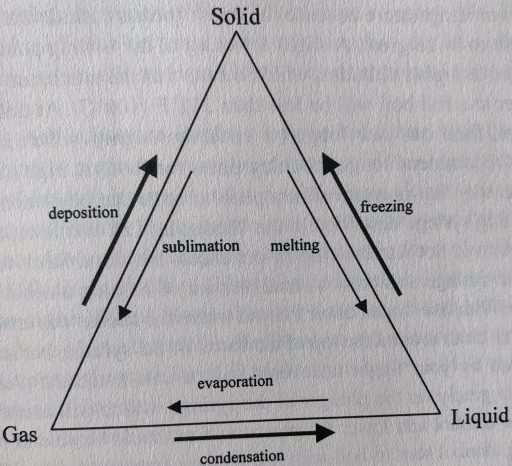
Chemical equilibrium is an important concept. Nature loves an equilibrium!

What we’ve created with that icy salt bowl is a perfect equilibrium for the bottled water!
Moving on.
For the water to freeze completely to ice, it needs something to freeze on to. These are called ‘nucleation sites.’
Any small impurity will work. So do vibrations! That’s why we hit the bottle on the table, to begin the crystallization. Chemistry gets it way, and a new equilibrium is established with the solid ice!

WHAT ABOUT THE SALT?
What about the salt, you ask? Good question!
The salt in the bowl interferes with the chemical bonding needed to form a solid (in this case ice). So the salt is lowering water’s freezing point. Salt is composed of sodium and chlorine. The water molecules tend to stick to the salt ions in solution instead of to each other, and the water doesn’t freeze.
And this is why we sprinkle salt on our sidewalks and driveways in the winter. The salt interferes with the water molecules lining up and ice does not form.
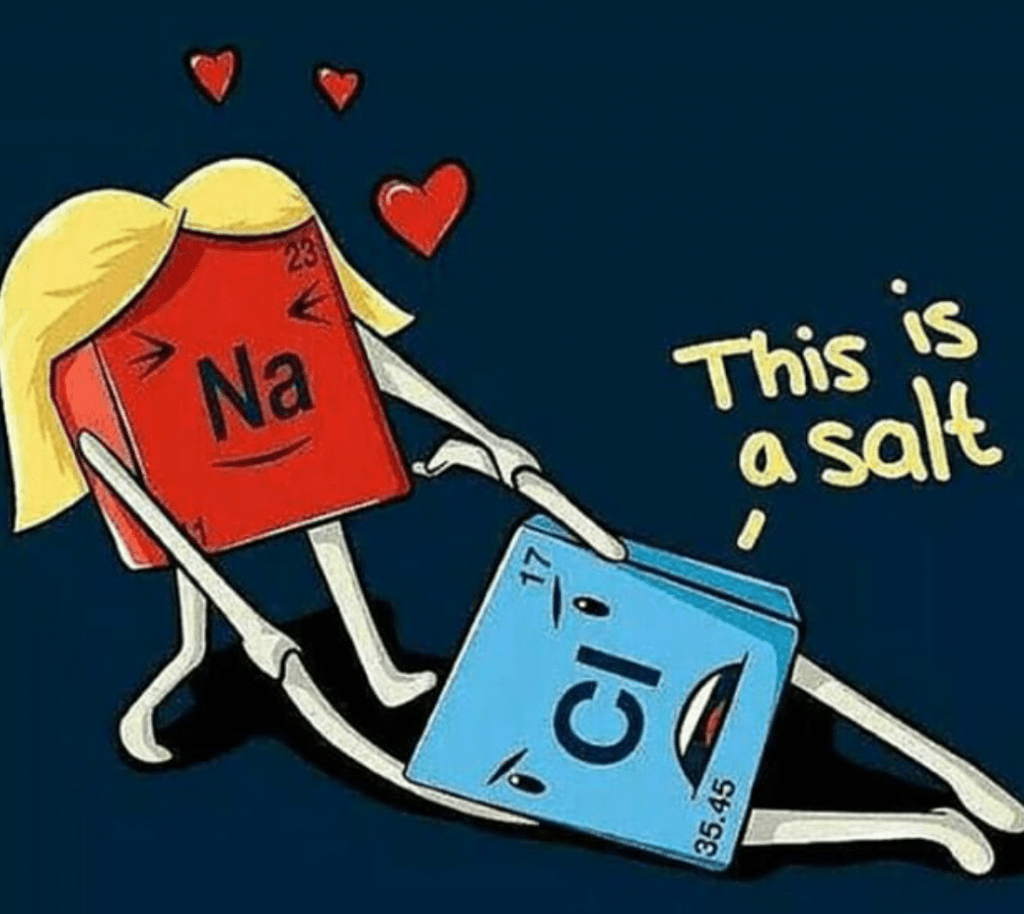
In fact, our salty oceans freeze at around 28.4 degrees F because of the salt!
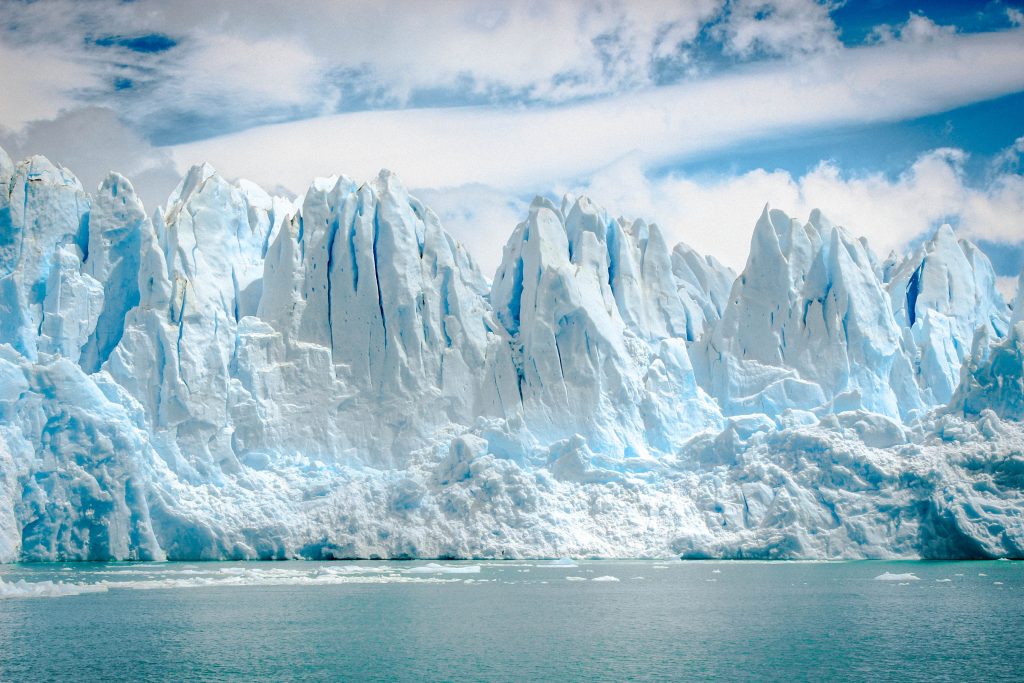
But without a nucleation site and if the water stays very still, you can keep cooling the water well below 32 degrees F (0 C) . This condition is known as ‘supercooled.’ Under the right conditions, water can stay liquid until it reaches -40 degrees Celsius.
Give this a try! Please let me know how this cool science trick to instantly freeze water goes for you. Feel free to contact me for troubleshooting!
STEM SCIENCE EXPERIMENTS AT HOME
Here’s another fun STEM science experiment! And for more science at home for kids, two more here. Take a peek!
Safe chemistry stem science experiments at home such as this one ‘how to superfreeze water’ illustrate how chemical reactions occur. By using household items, science at home will enhance kids’ understanding of the chemistry they encounter every day.
DON’T MISS OUT. PLEASE SUBSCRIBE! Louie and I will send you an email when we have more cool science to share. This happens ~twice a month.



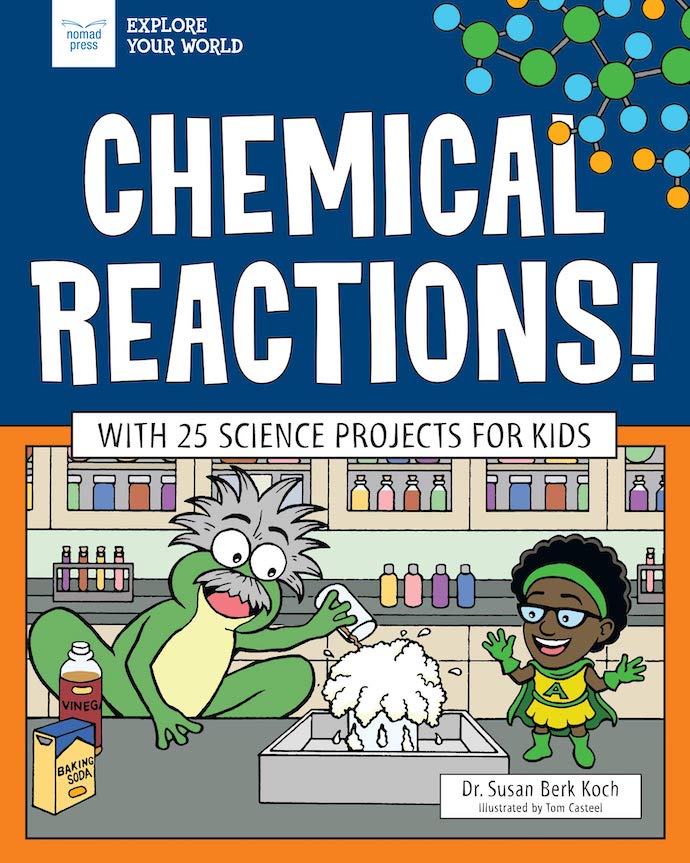

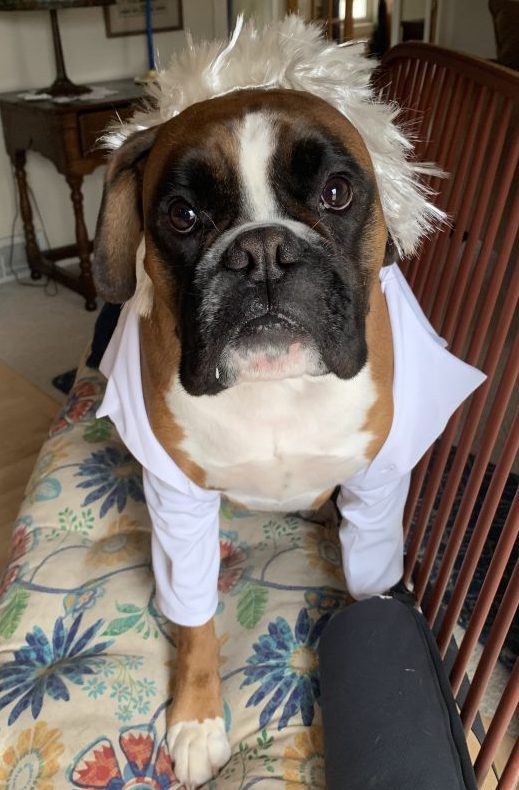
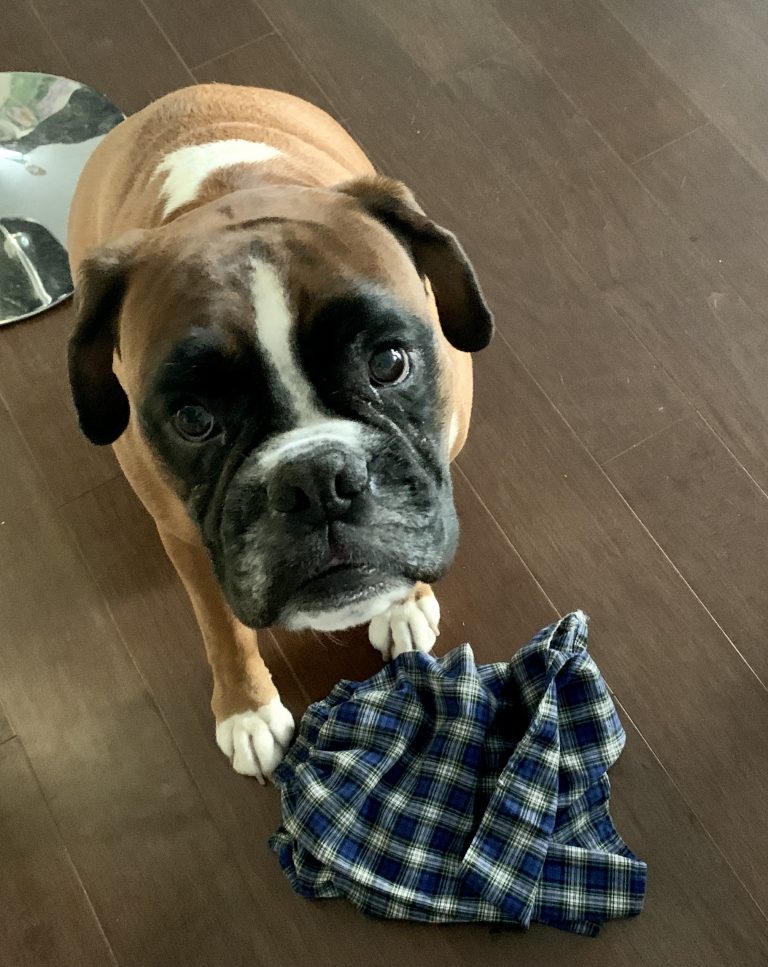
This experiments makes me wish I was still teaching Science to 4th graders. Great podcast!
Thanks, Amy! Science is fun.
Well done. I like it!
Thanks! It was fun to do.
This is such a great idea!! Thank you for sharing x
Thanks for stopping by!
Creating your first podcast can be challenging. Congratulations… you did it! I love the video too. This is such a cool experiment. Thanks for sharing!
It’s fun when the ice forms. Thanks for checking out my post!
This experiment looks so cool and also not too difficult! Thanks for the video. I’m going to try this with my niece.
Let me know how it goes! Thanks!
lol
It was fun to do. give it a try!